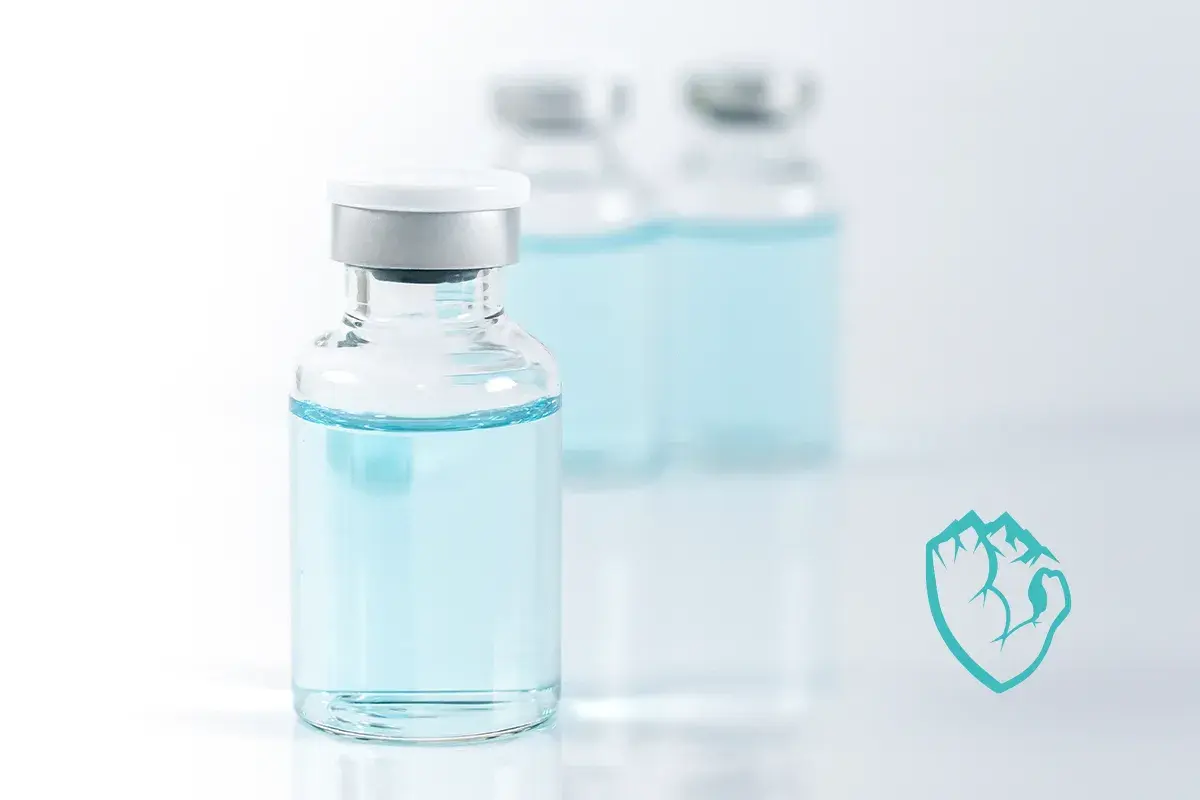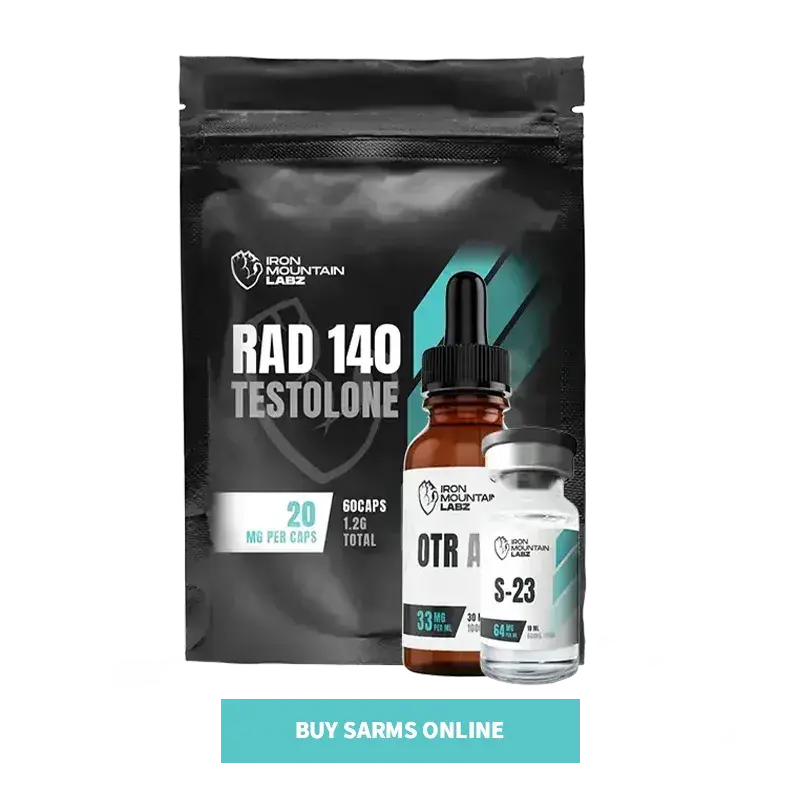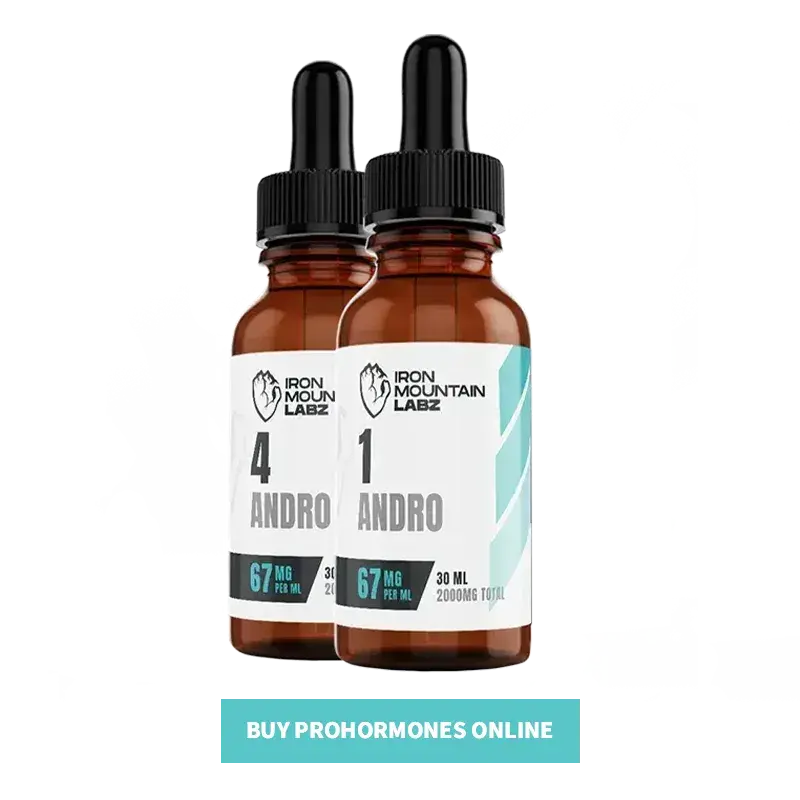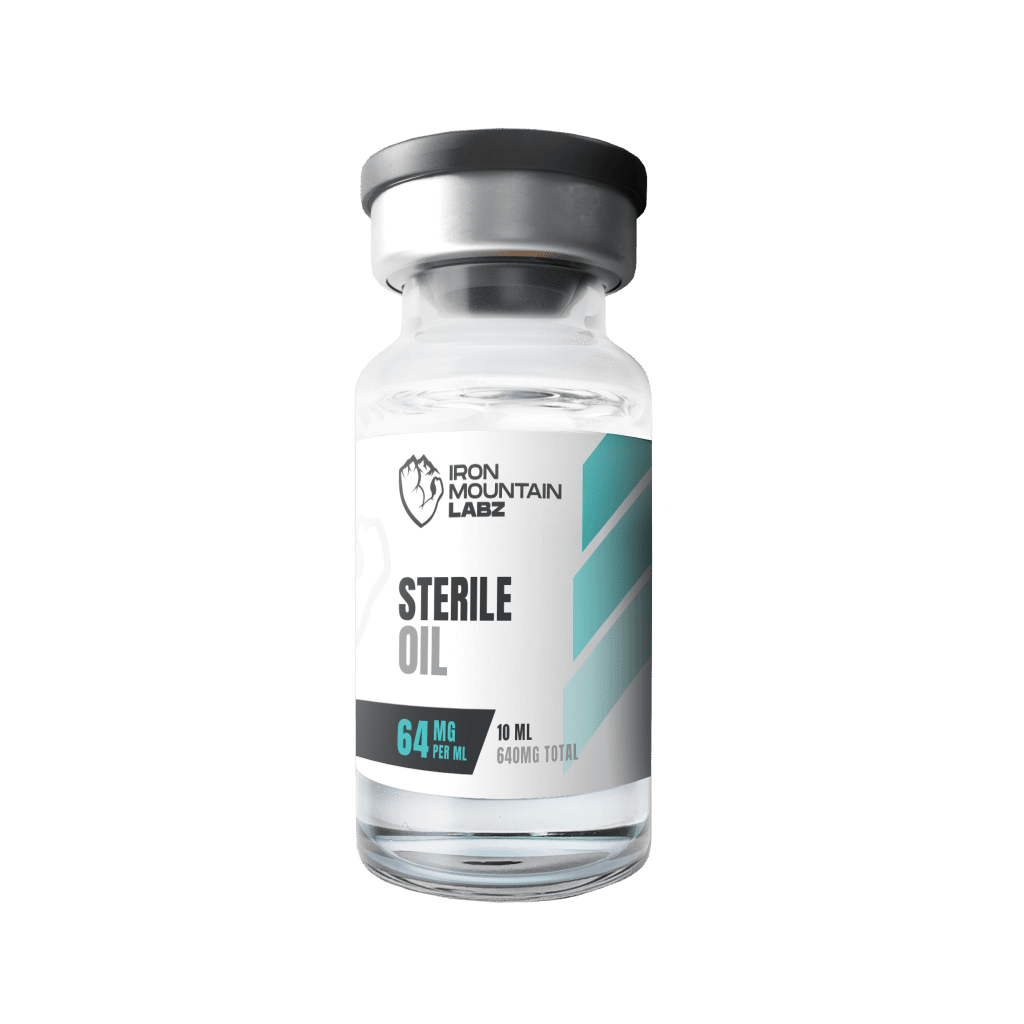
Prohormones and SARMs are performance-enhancing drugs (PEDs) that are studied in strength, muscle, and hormone-related research. These compounds interact with androgen receptors, but what sets them apart is how they function.
SARMs bind only with muscle and bone cells, whereas prohormones connect with all androgen receptors in many parts of the experimental models.
In this blog, you will get to know how prohormones and SARMs compare in research settings and how they may differ in their mechanisms and potential effects. So, let’s get started with it!
What are SARMs? They are synthetic compounds studied for their ability to bind to androgen receptors. These compounds act selectively on muscle and bone tissues with minimal activity in other areas. Their selectivity makes them useful for examining tissue-specific responses in controlled environments.
SARMs products are commonly available in various forms such as liquid SARMs, injectable SARMs, and SARM capsules for laboratory use.Several SARMs have been developed and are used in laboratory studies. These include:
Prohormones are chemical precursors to active hormones. When they are introduced into experimental models, they convert into hormones through enzymatic processes. In research, prohormones are studied for how hormonal activity influences muscle growth, strength, and other physiological functions. These compounds play a significant role in examining the effects of hormonal fluctuations in controlled test environments.
Some commonly studied prohormone products in laboratory settings include:
SARMs and prohormones affect similar parts of the body in research, but they work in different ways.
SARMs connect directly to androgen receptors in tissues like muscle and bone. They target these areas without affecting other parts of the test models as much. SARM compounds do not need to be changed into other hormones before they start working.
Prohormones must first be changed into active hormones by enzymes in the research subjects. After that, they can attach to androgen receptors and influence how cells behave. Researchers use prohormones to figure out how hormone changes might affect growth, strength, or metabolism in controlled tests.
The effects of these compounds vary depending on the compound and testing conditions.
SARMs include the following benefits in experimental settings.
These compounds show promise in research focused on recovery and repair, with studies often documented as SARMs before and after comparisons in experimental models.

Prohormones may have the following benefits.

Researchers have observed that SARMs and prohormones may produce different side effects depending on the compound and test model.
SARMs may have the following possible side effects.
The side effects of Prohormones include the following.
The legal status of the compounds can vary based on the region and purpose of use.
SARMs are not approved for human use. In the United States, the FDA has warned against their sale for bodybuilding or dietary use. Some SARMs are also banned by sports organizations and listed as controlled substances in specific regions. However, they can still be legally purchased by licensed parties for research purposes.
Prohormones have faced legal restrictions over the years. In the U.S., many were banned under the Designer Anabolic Steroid Control Act (DASCA) and added to the list of controlled substances. Some compounds are still available for research use, but their status depends on local regulations.
SARMs and prohormones are investigated for their effects on hormones, muscle, and strength. SARMs work by directly targeting androgen receptors; prohormones, on the other hand, need to be converted into active hormones. These compounds have shown promising results in experimental studies, but they also carry different risks and side effects.
SARMs and prohormones are not safe for human use. However, SARMs may have lower risks in research settings. They tend to target specific tissues, which may lead to fewer side effects compared to prohormones.
Prohormones can increase testosterone levels for a short time. However, using these compounds for too long may cause the research subjects to slow down or stop making their hormones. Researchers also examine SARMs vs Testosterone to compare their impact on hormonal balance.
Yes, SARMs are investigated for their ability to prevent muscle loss in research models. It has been reported that they may preserve muscle in conditions such as cancer, but their use is still limited to research and not approved for medical use. Researchers also examine factors such as how long SARMs stay in the system during and after studies.
Prohormones are not the same as steroids, but they act similarly. When prohormones are administered into the experimental models, they can turn into active hormones like testosterone. This is why their effects in research studies seem to be similar to steroids. For a full breakdown of differences, check out our guide on SARMs vs Steroids.
Different compounds can act on the same receptors but produce different results. SARMs and testosterone
RAD 140 and RAD 150 are Selective Androgen Receptor Modulators (SARMs). These compounds are of

If you experience injection pain, consider purchasing sterile oil. It helps ease discomfort by thinning the compound, making injections smoother.